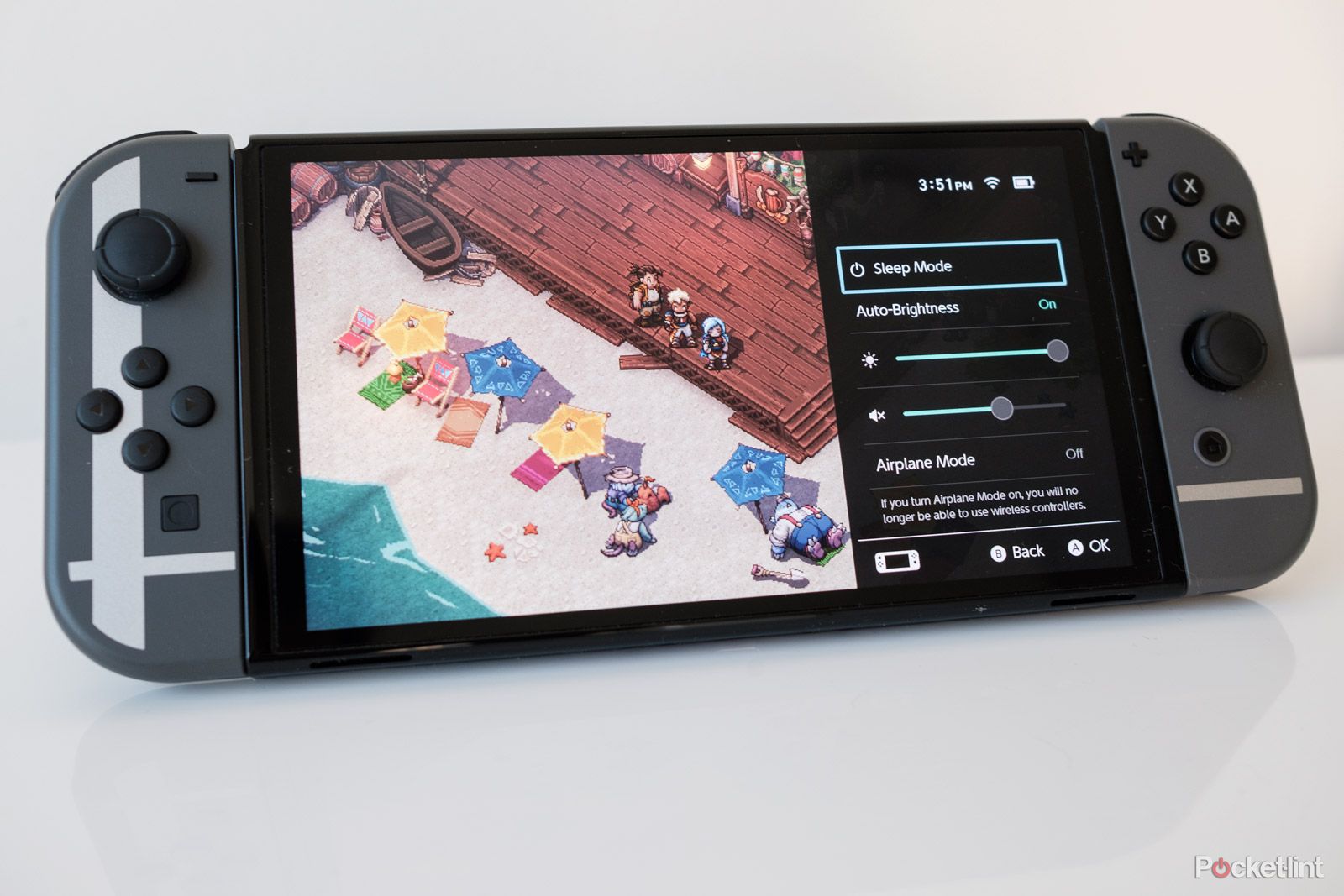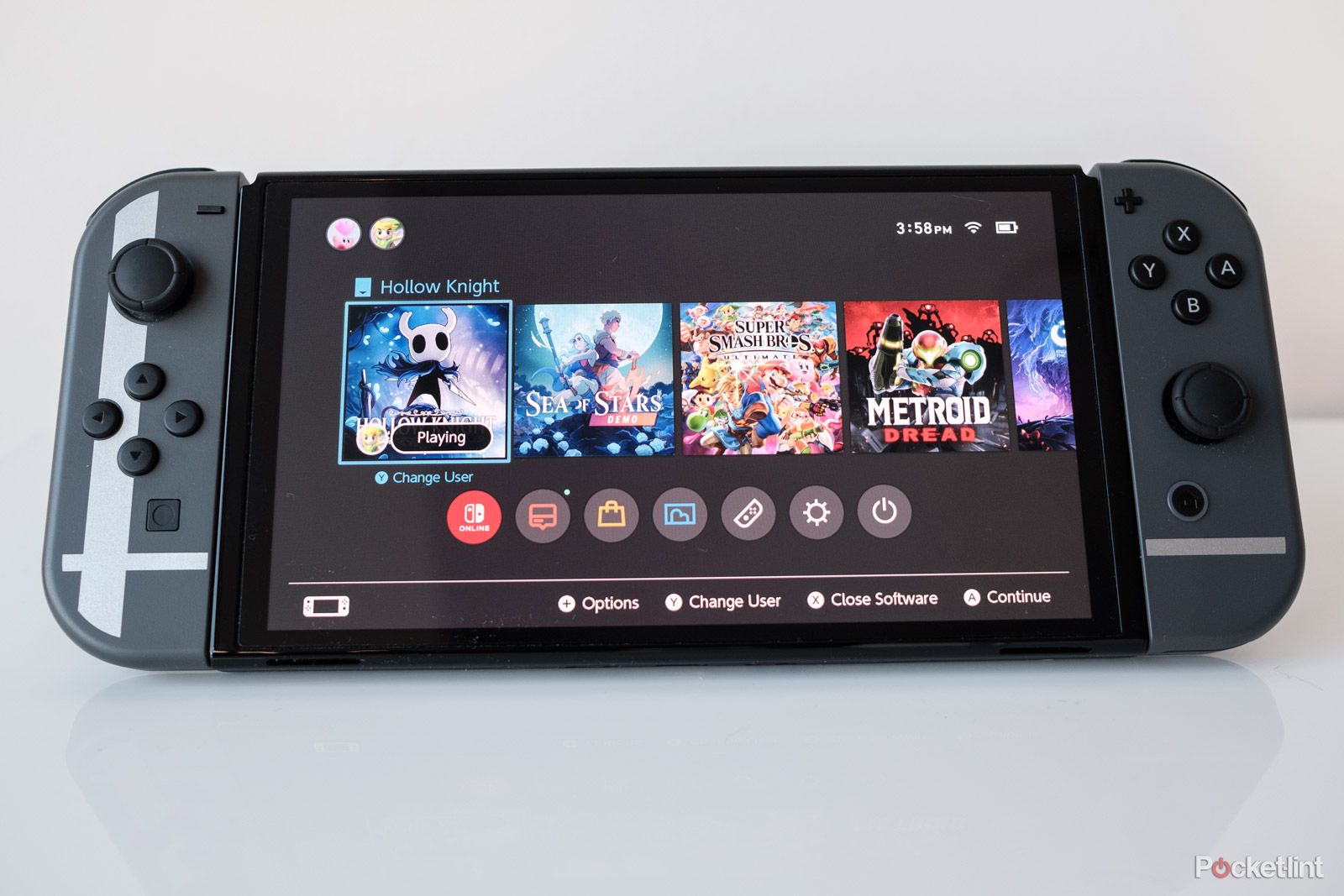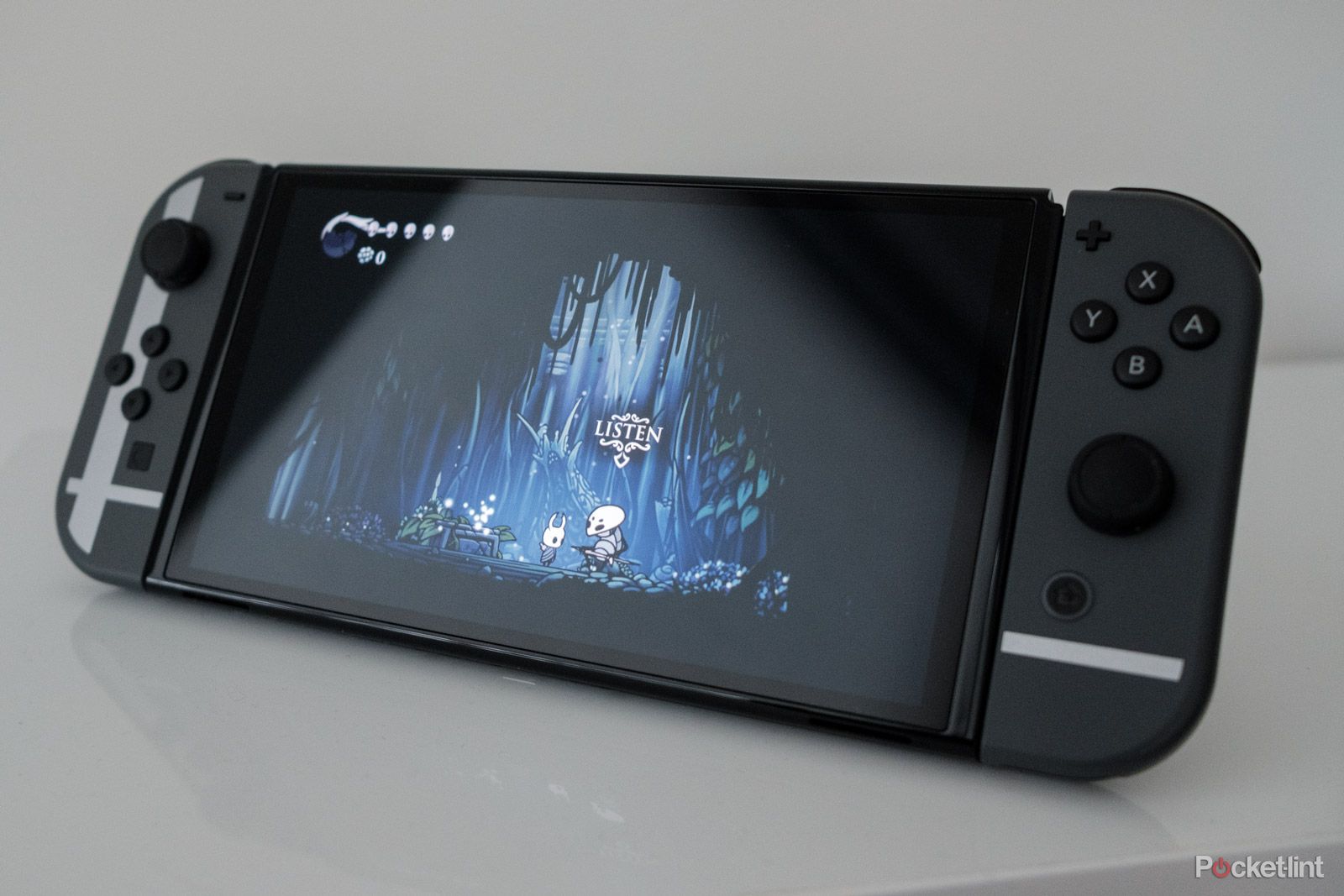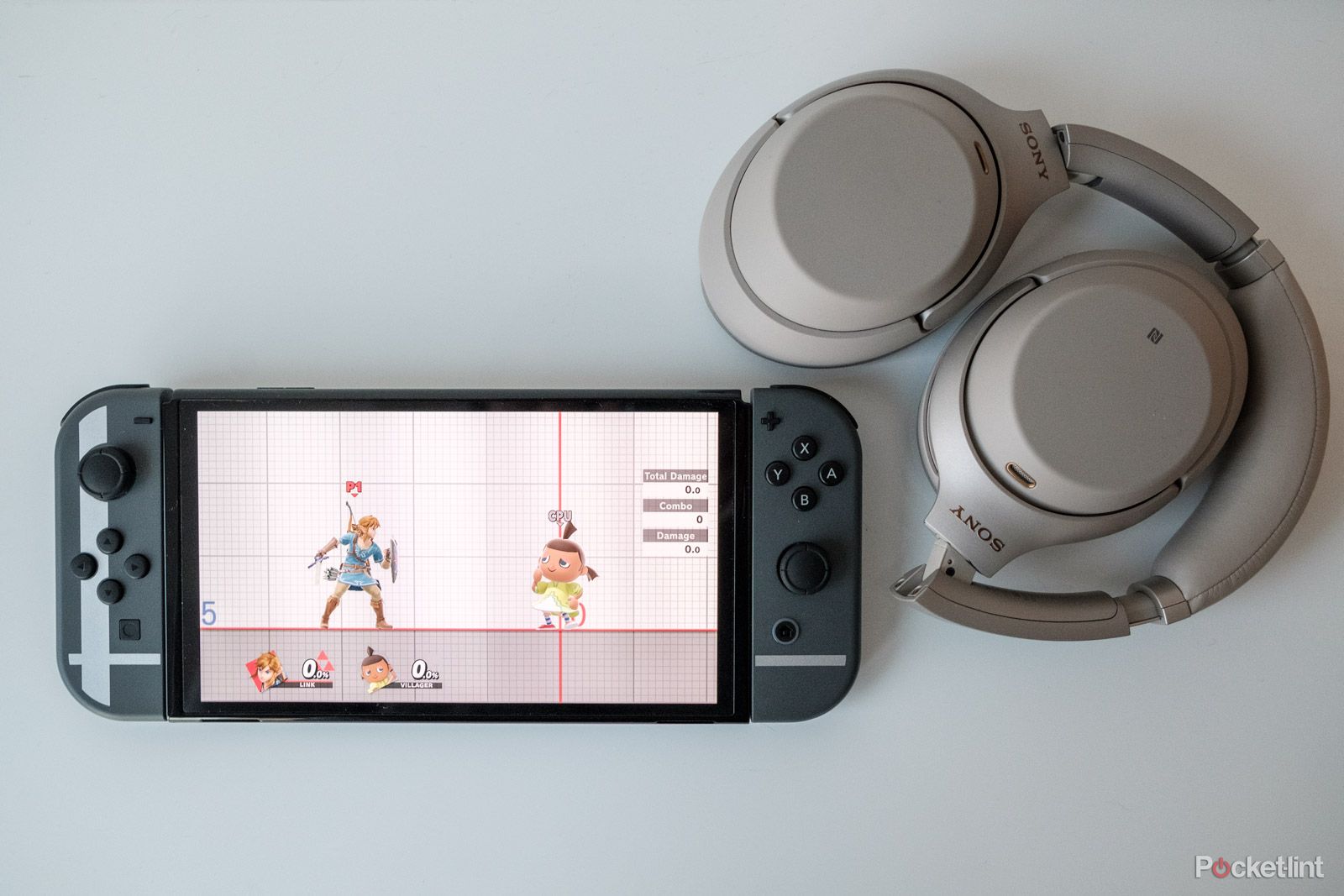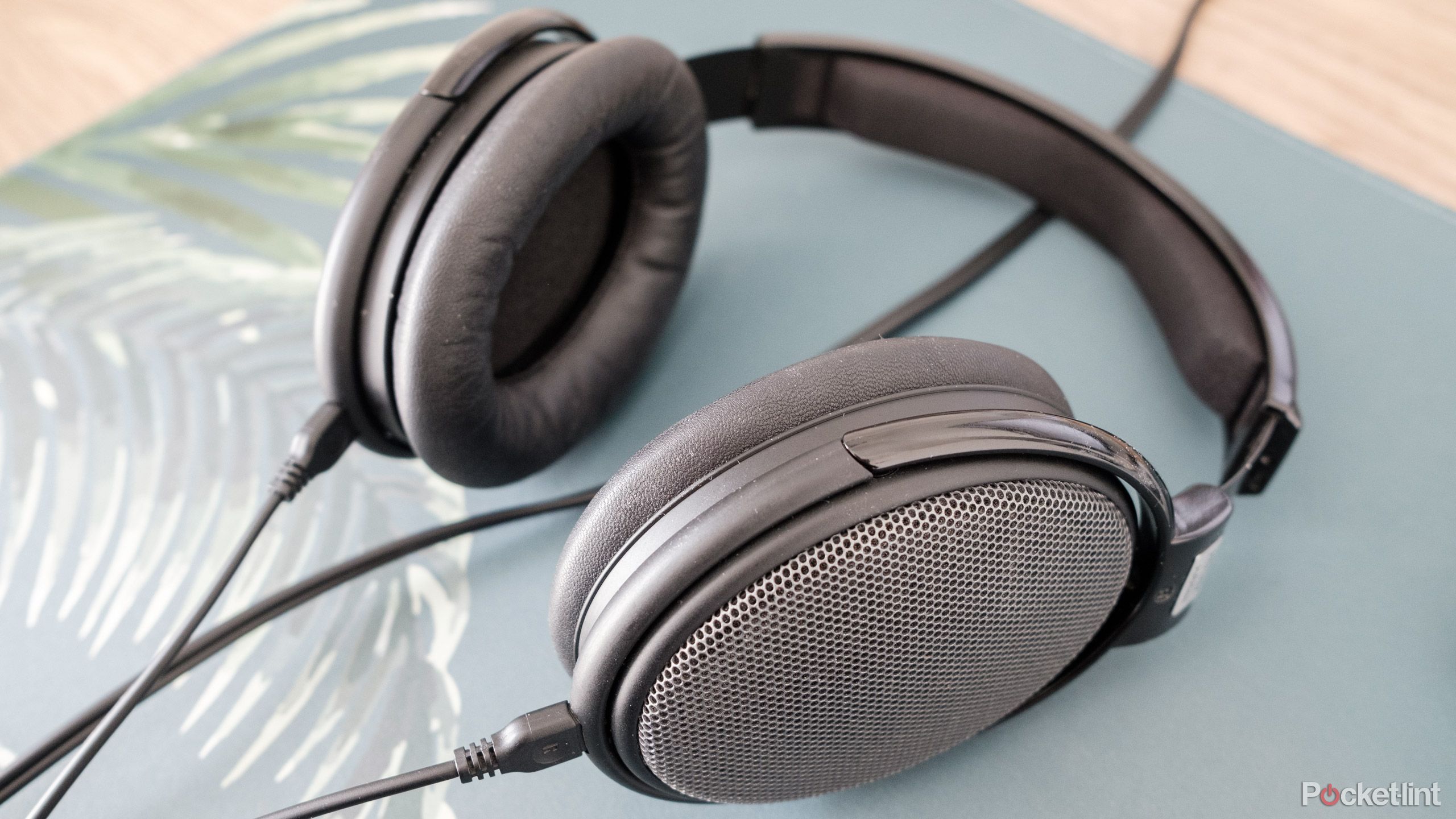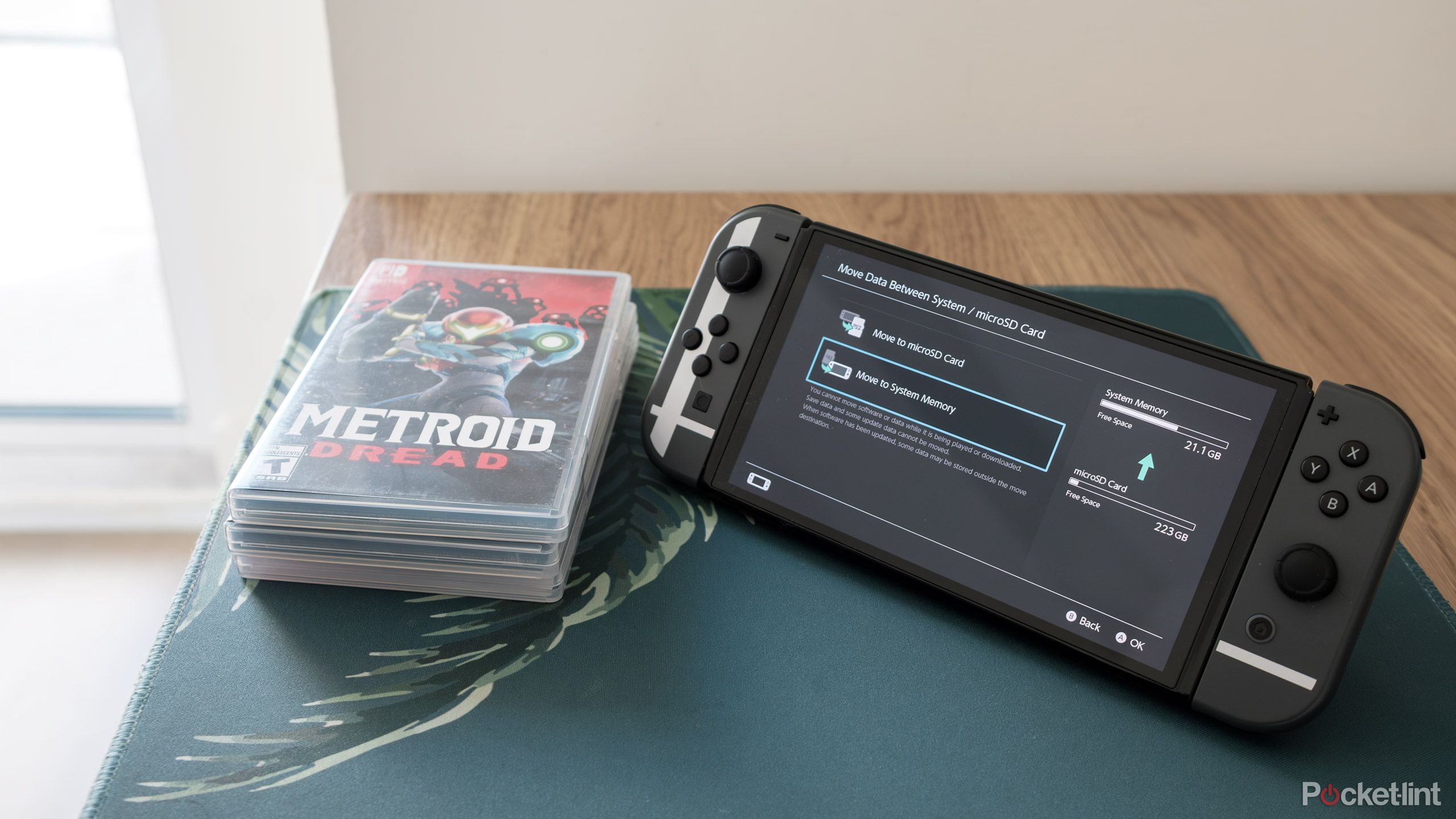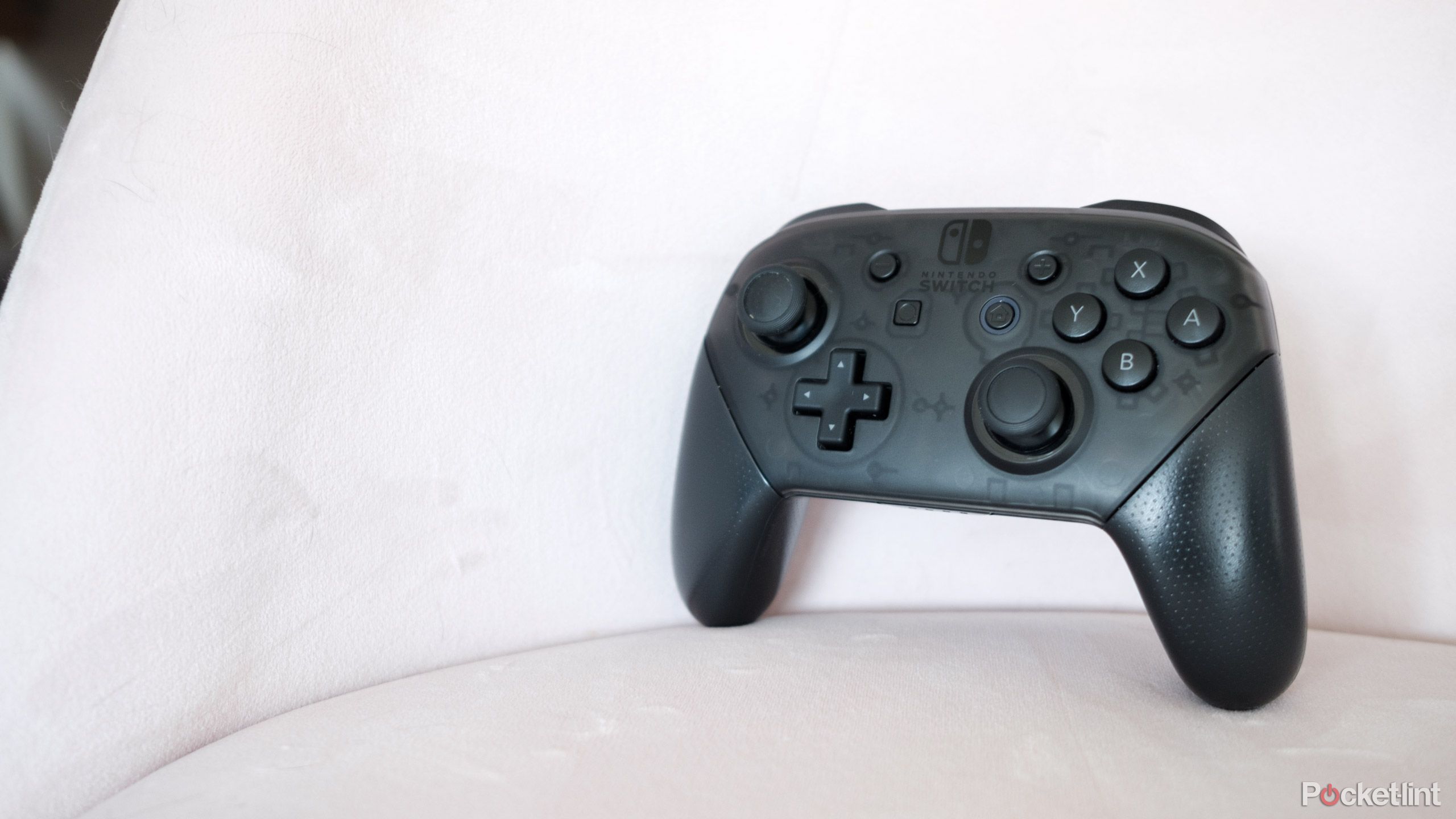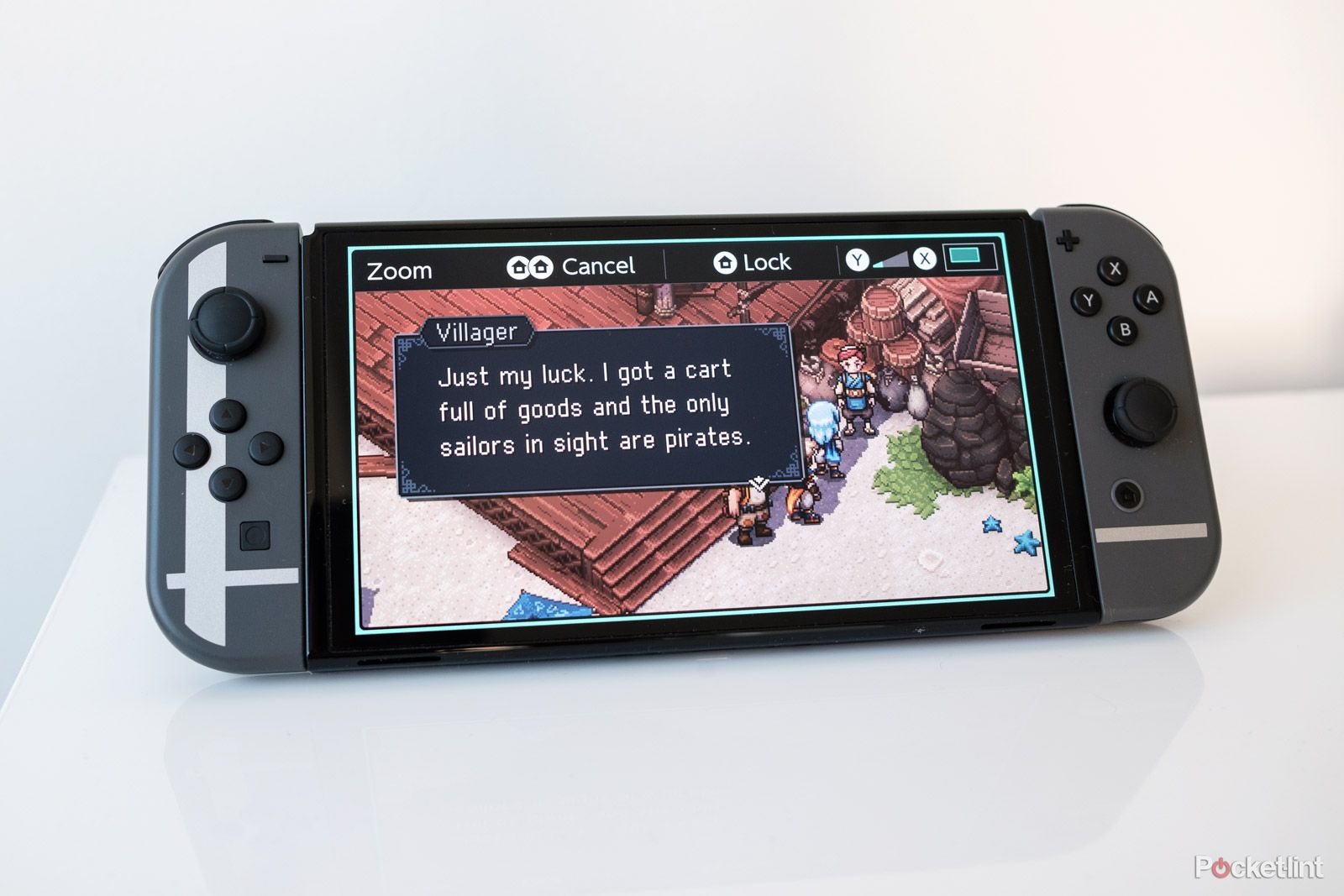Key Takeaways
- Nintendo Switch owners should read our guide to learn the top tips and tricks for mastering their handheld console.
- For instance, they can access Quick Settings easily by holding down the Home button for quick adjustments like screen brightness and volume.
- Other tips include enabling Dark Mode for a more relaxing gaming experience and switching between Vivid and Standard color options on the OLED Switch.
If you just got your first Switch recently, or you’re a seasoned veteran, there’s a good chance you want to get the most from Nintendo’s console. This guide will take you through all the handheld’s most notable settings, explaining what they do and how to enable them. Outside a few exceptions, all the options mentioned below are accessible from the System Settings menu, which you can find on the home screen.
Nintendo Switch tips and tricks: How to get the most from your console
The Nintendo Switch is one of the best consoles around. Here’s how to get the most from it.
1 Get acquainted with Quick Settings
Hold down the Switch’s Home button
Although not technically a setting itself, the Quick Settings menu offers a convenient way to access the options you’re likely to want to tweak most often, all without digging into the Switch’s System Settings.
You can open the Quick Settings by holding down the Switch’s Home button for a few seconds. From here, you can turn on or off the console’s auto-brightness and airplane mode features, as well as adjust screen brightness and volume and put your Switch to sleep. It’s also a handy way to check the time and your system’s remaining battery life without leaving a game.
On the subject of battery life, you can make it easier to estimate how much playtime you have left by seeing your Switch’s remaining battery power represented as a percentage. To do so, hold the ZL and ZR buttons at the same time while you have the Quick Settings menu open. Alternatively, you can make the percentage appear permanently by opening the System Settings menu and enabling Console Battery (%) under the System section.
The ZL and ZR shortcut also works from the home screen.
2 Save your eyes with dark mode
Go Basic Black
Like many other modern devices and apps, the Nintendo Switch offers a dark mode setting that darkens interface elements to make them easier on the eyes. Unfortunately, it’s not a true dark mode that takes advantage of the properties of OLED screens to reduce battery drain, but if you find the Switch’s default theme has a retina-searing quality to it, what’s available is a good alternative. To enable dark mode:
- Open the System Settings menu.
- Scroll down to the Themes section.
- Select Basic Black.
3 Get more natural colors on OLED Switch
Vivid vs Standard
The OLED Switch boasts one of the best displays to ever grace a gaming handheld. It offers excellent motion clarity and contrast. However, the OLED screen can look over-saturated out of the box. Thankfully, if you’re not a fan of that look, the console offers two different color modes. Here’s how to switch between them:
- Open the System Settings menu.
- Scroll down to the System section.
- Tap Console-Screen Colors.
- Select Vivid or Standard, depending on your preference.
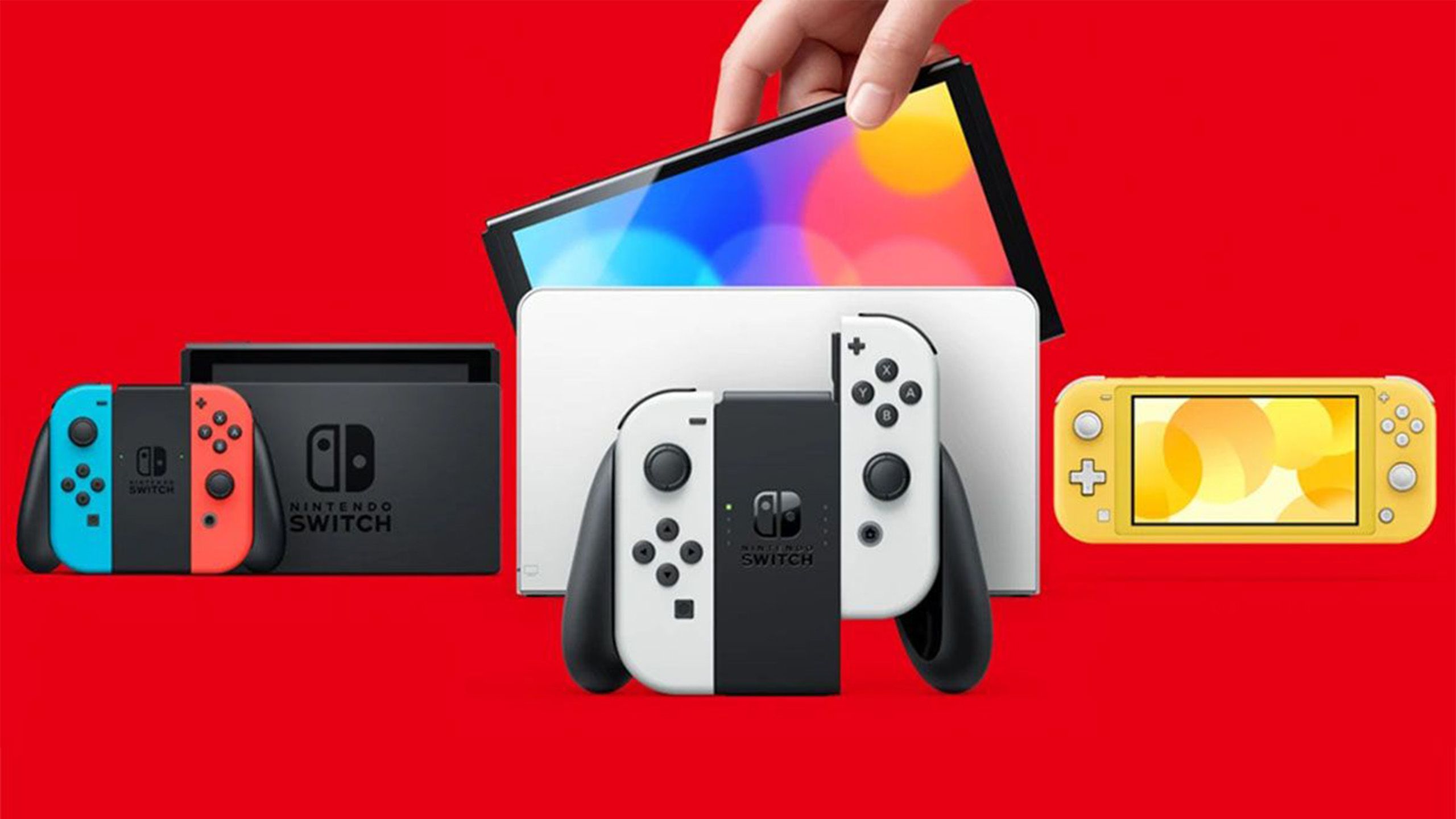
The best Nintendo Switch models: Switch, Lite, and OLED compared
There are three models along with a smattering of special edition models to choose from, and they’re all pretty great.
4 Pair Bluetooth headphones with Switch
Or pair a speaker
It took Nintendo far too long to add Bluetooth audio support, and there are some notable limitations. For instance, it’s only possible to use two controllers while you have a Bluetooth audio device connected to your Switch, and Bluetooth microphone input is off the table. To pair a Bluetooth device with your Switch:
- Open the System Settings menu.
- Scroll down to Bluetooth Audio section.
- Select Pair Device.
- Enable Bluetooth pairing mode on the device you want to connect.
In addition to using Bluetooth headphones with your Switch, you can pair a Bluetooth speaker as well. The latter is handy if you frequently find yourself using the console in tablet mode.
5 Protect your hearing
Or your kid’s hearing
On the subject of audio, if you want to protect your hearing or that of a young one, the Switch offers a helpful setting that, when enabled, will automatically limit the maximum output volume of any headphones connected to the Switch. To enable the protection, open the System Settings menu, scroll down to the System section and Enable Lower Max Headphone Volume.
In the same section, you will also find an option to prompt the Switch to automatically mute itself when you disconnect a pair of headphones. This setting — Mute When Headphones Are Disconnected — should be on by default, but if it’s not, you can enable it here. It’s useful whenever you find yourself in a public space and want to avoid disrupting those around you.
6 Optimize your storage
Save a precious few seconds
If you’ve owned your Switch for a while, chances are you bought a microSD card at some point to increase the amount of storage your system has for games, screenshots and videos. What you may not know is that there’s a way to optimize how your Switch uses all of its available storage to reduce loading times.
Testing by Digital Foundry has shown that the Switch consistently loads games fastest from its internal storage, with the handheld taking longer to read game data from a microSD card and longer still from a cart. In some instances, the difference can mean save data loading a few seconds earlier. That might not seem like much, but when you consider a game like Tears of the Kingdom that can take hundreds of hours to complete, those seconds can start to add up.
If you primarily buy games digitially, my advice is that you move your favorite ones to your Switch’s internal storage. When you complete a game, transfer it to your system’s microSD card to free up space on the internal drive for your next obssession. Here’s how to do that:
- Open the System Settings menu.
- Scroll down to the Data Management section.
- Select Move Data Between System / microSD Card.
- Select Move to microSD Card or Move to System Memory
- Tap the icon of the game whose data you want to move.
- Select Move Data.
- Wait for the process to finish, and repeat as needed.
7 Get the most from Sleep Mode
Extend your battery life
As with most portable devices, the Switch features a Sleep Mode that is essential to getting the most out of its battery. In fact, there’s an entire section of the System Settings menu dedicated to customizing how the mode works. Of note, you can adjust the amount of time before your console goes to sleep, whether it’s connected to a TV or you’re playing in portable mode.
There’s also an option to disable Sleep Mode from activating automatically when playing media content. I would recommend leaving the Maintain Internet Connection in Sleep Mode setting enabled, as this allows you to start an eShop download from your computer or mobile device, instead of directly from the Switch where Nintendo’s digital marketplace can be painfully slow.
8 Allow your Switch to turn on your TV
Works wirelessly
If you frequently game on your TV, the Switch can turn it on or toggle to the correct input for you. What’s more, this feature works wirelessly, so all you need to do is press the Home button on your Joy-Con or Pro controller. This feature is enabled by default, so if you’d like to turn it off, you can do so by disabling the Match TV Power State option found under the TV Settings section of the System Settings.
9 Remap your controllers
No in-game remapping? No problem
If your favorite game doesn’t support controller remapping, you can still reconfigure the button layout of your Joy-Cons or Switch Pro Controller to better suit your needs. Head over to the Controllers and Sensors section of the System Settings menu and select Change Button Mapping. In addition to remapping any individual input on your Nintendo controller, you can swap the left and right analog sticks with one another. Just note that whatever changes you make will affect all your games.
10 Control who sees your playtime
Who can see your game activity?
If you’re curious about the amount of time you’ve spent playing a specific game, you don’t need to wait until Nintendo’s annual Switch Year in Review to find out. Your playtime is recorded in your player profile, which you can access by selecting your profile picture in the top right of the home screen. To adjust who can see your game activity:
- Open the System Settings menu.
- Scroll down to the Users section.
- Select your profile.
- Tap Play Activity Settings.
- Select Display play activity to:, followed by All Users, Friends, Best Friends, or No One to limit who can see your history.
- Or tap Delete Play Activity to erase your history.
11 Make things bigger
Zoom in
For visually-impaired users, Nintendo offers a zoom feature that can enlarge small text and interface elements. You can enable it from the System section of the System Settings menu. Once turned on, double tap the Home button to activate the functionality, and press X to zoom in on part of the screen or Y to zoom out. You can also lock in the zoom level by pressing the Home button once.
Trending Products

